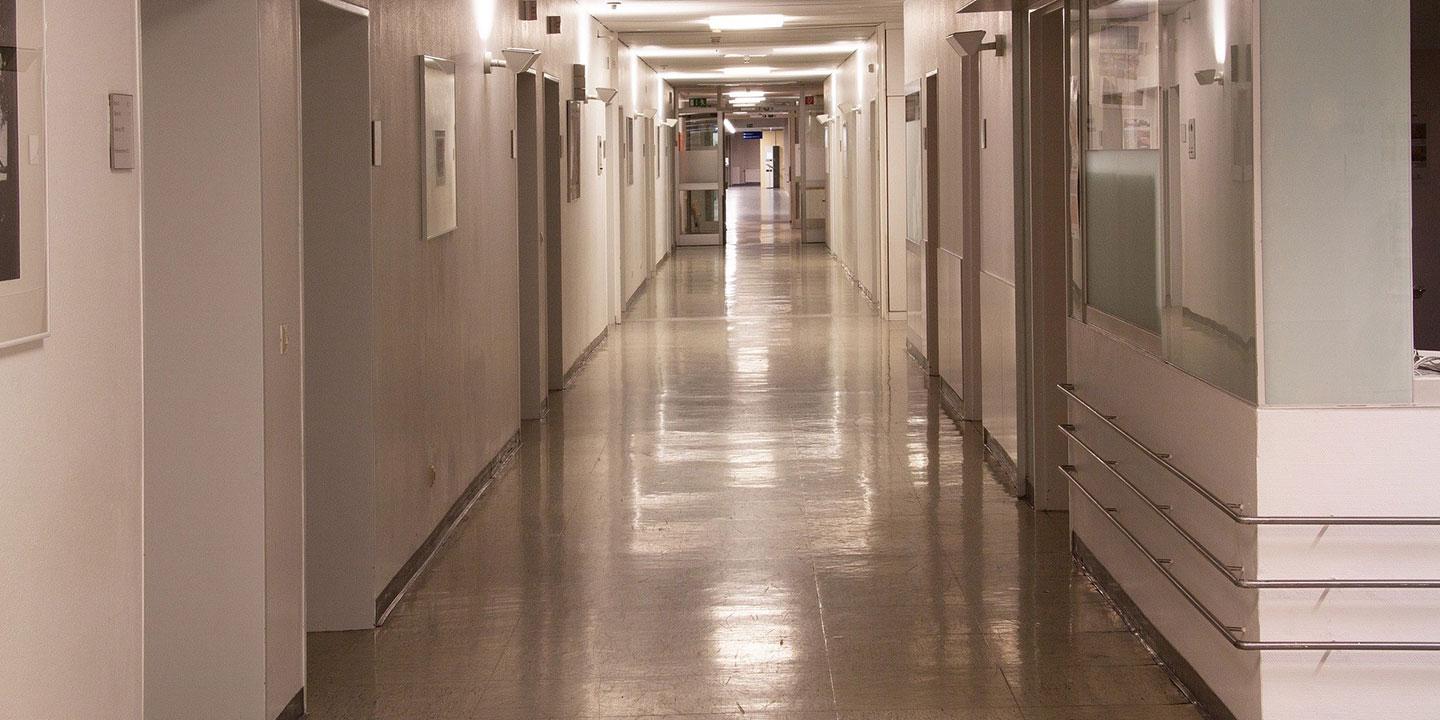Remotely controlled sensor for wireless communication of airborne SARS-CoV-2 detection in nursing homes

The project plans to develop a remotely controlled optical sensor for continuous on-site monitoring of environmental SARS-CoV-2. The sensing results will deliver via wireless transmission. Deployment in nursing homes will create a safer environment for healthcare workers and residents.
Background and scientific basis
Patients in nursing homes and homes for the elderly are more susceptible to infection and severe cases of Covid-19. Real-time monitoring of viruses in the environment is difficult with laboratory PCR tests and protein-based tests. Given that a number of studies have detected SARS-CoV-2 viruses in airborne particles, a sensor for fast detection of airborne viruses and early warning should be a valuable asset in fighting the virus.
Problem and approach to solution
Our group has developed a novel plasmonic biosensor to improve the fast monitoring of SARS-CoV-2. We validated our sensor using clinical patient samples and demonstrated comparable sensitivity with state-of-the-art PCR systems. In addition, a bioaerosol sampling system was developed to allow continuous real-time monitoring of SARS-CoV-2 viruses in droplets or aerosols. We need to improve the automation level of the sensor and increase its accessibility as an Internet of Things unit.
Expected output and contribution to tackling the pandemic
The project will deliver a sensing system with an air sampling unit and a virus detection unit, together with two additional wireless modules, a remote-control module and a device-to-cloud communication module. The sensors will be installed in several Zurich nursing homes and will provide airborne virus results for different rooms. The results will be compared with PCR tests. The sensor will be able to provide information for evidence-based interventions, confirm the effectiveness of specific control measures, and act as an early-warning system in order to contain outbreaks.
NRP 78 research project
